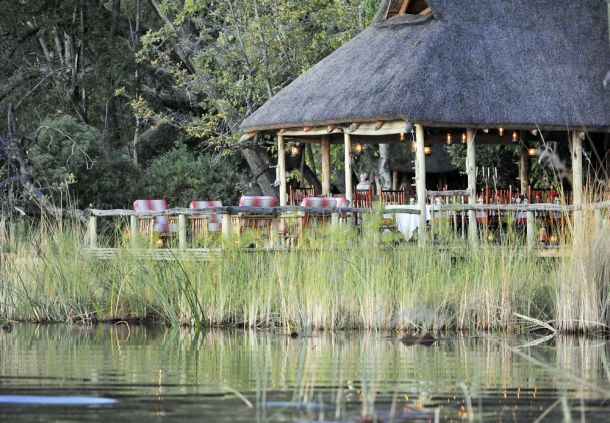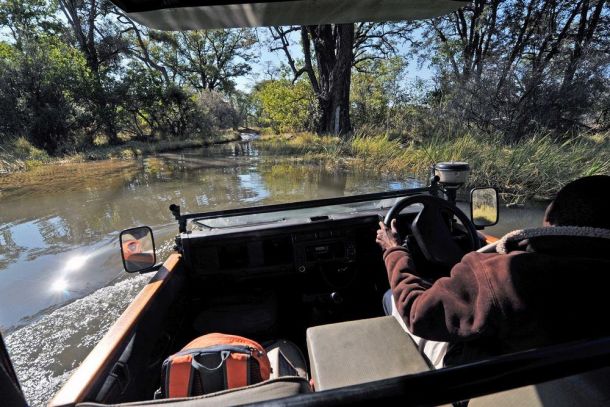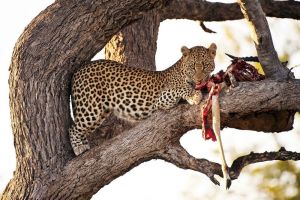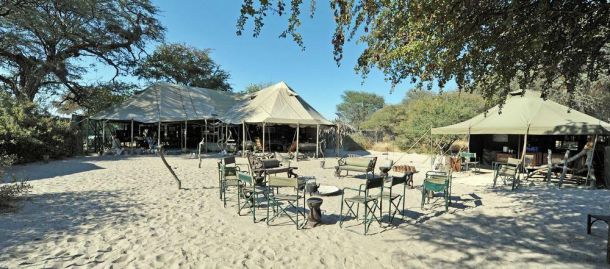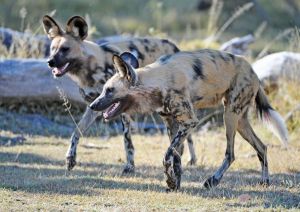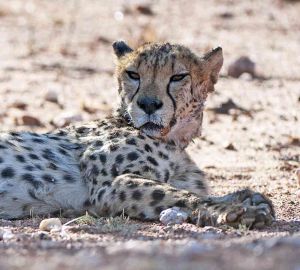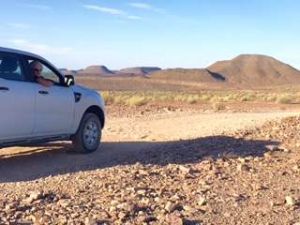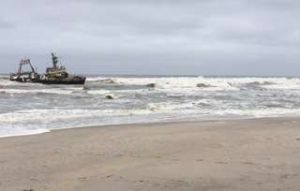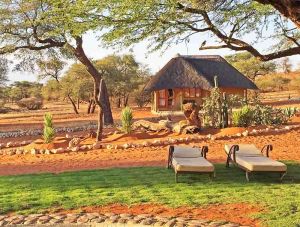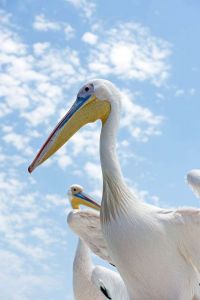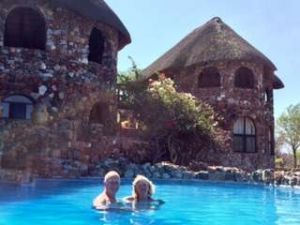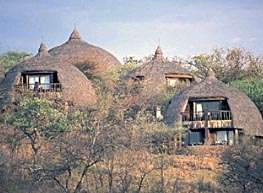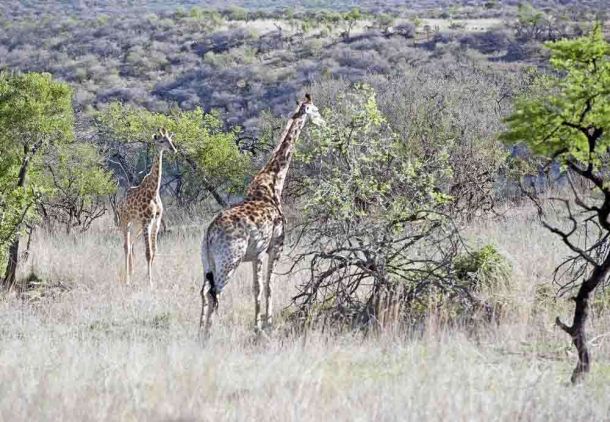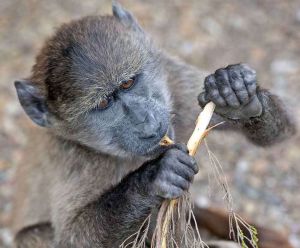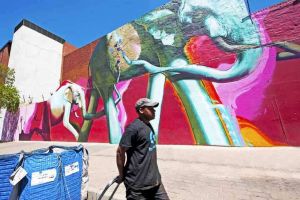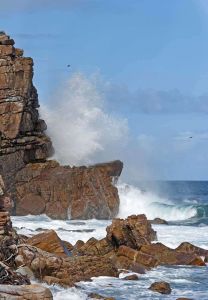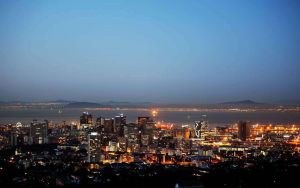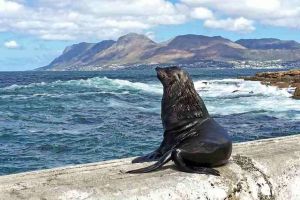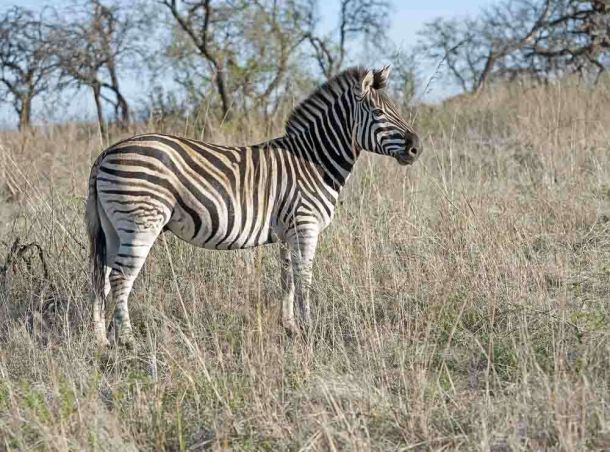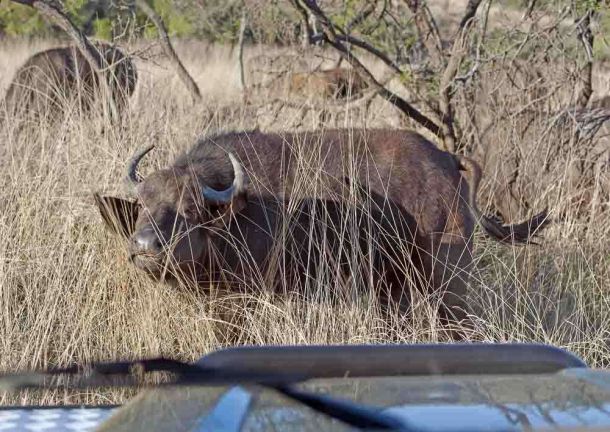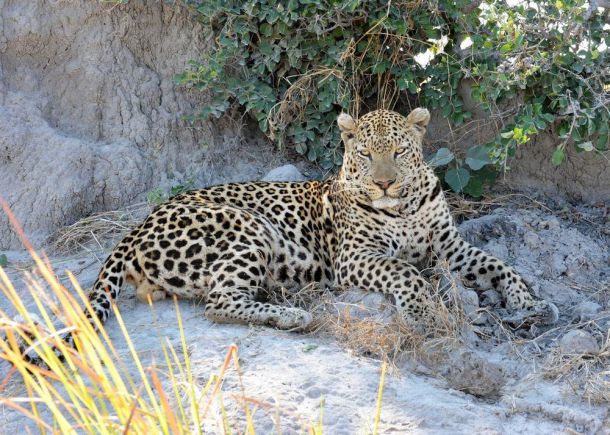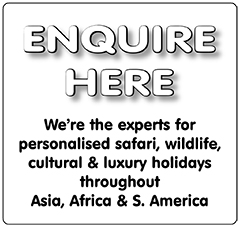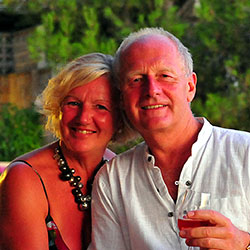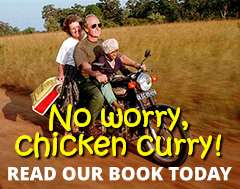Our ‘rule of thumb’ guide to help you get the most out of an adventure to Africa.
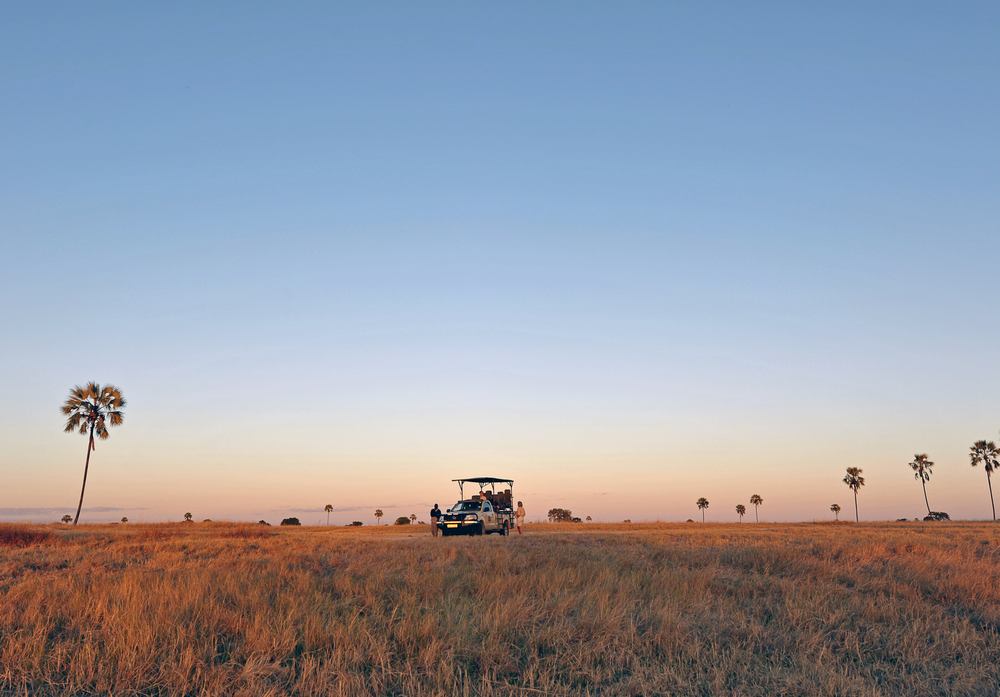
Its a snapshot of each country based on our opinions and experience and will help you ask yourself some relevant questions in order to make the right decisions.
Like a country’s prey base, inoculations and political stability are a movable feast, so we’ll help you get up to speed on current information once you know where you wish to go.
If you find the following information useful and wish to consider travelling to any of the African countries described here, we’d be pleased to help you plan and turn it into reality – just click ‘enquire’ and let us know what you’d like to do.
Visit our travel website TLC World
General
Broadly speaking, if you’re thinking of heading to anywhere in Africa, you’ve probably been tempted by wildlife – or if you include South Africa, wine, food and beaches as well.
If you’re travelling from Europe then you’ve got the added bonus that jet-lag is virtually non-existent given the north-south nature of your travel.
The first thing you’ll need to do thereafter is to agree the primary focus of your travel. Are you going for a general appreciation of Africa; purely wildlife; one country or multiple countries?
Depending on whether this is your first and likely to be only trip to Africa, or whether you’re a seasoned wild-lifer, will dictate your choice of country, let alone destination within it.
Its useful to remember that ‘low season’ can often mean that camps and lodges are cut off and perhaps also closed because of the rains – so its not always a good move to avoid peak times.
Victoria Falls. Being one of Africa’s ‘must-see’ sights, if you’ve not seen the Falls its not difficult to add this on to any travel within southern Africa, as it lies virtually at the borders of Botswana, Zambia, Zimbabwe and Namibia, with South Africa and many other countries also within easy reach. June through September is a good time to see the falls as water levels aren’t at their highest, so spray doesn’t block the view, although the curtain of water may not extend to the full width. Life’s always a compromise!
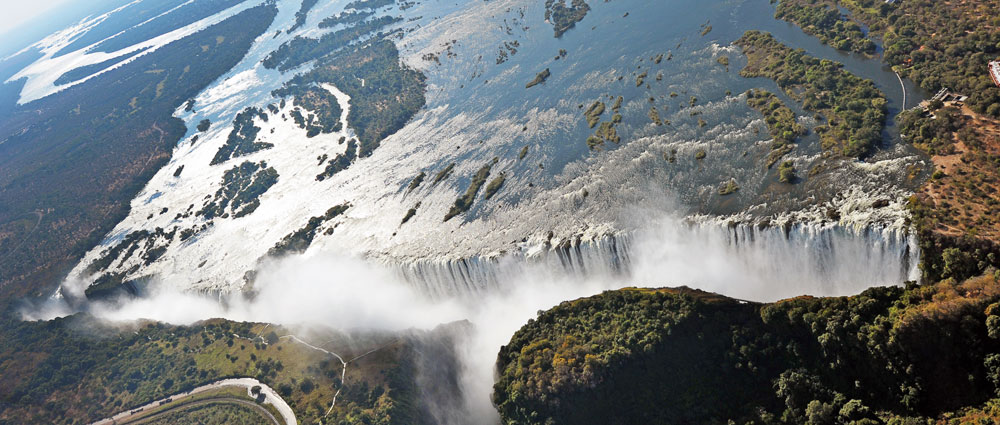
Botswana
This is regarded as, and deliberately aimed at (by the Botswana Government) being very much for the high-end luxury traveller.
Its definitely suited to the keen and affluent wild-lifer, as opposed to the general tourist, as this wealthy economy offers little for those looking for distractions other than wildlife.
Safari Camps are luxurious, service is superb, the Big Five are present as well as a wonderful spectrum of other species and the landscapes and environment quite diverse between the different national park areas.
You can drive between camps but by far the most exciting and convenient is to fly by light aircraft between the numerous locations within the country. Flying low level gives you a unique perspective of the country, a chance of sighting wildlife and cuts out hours of wading through sand and swamp. For many weeks, driving is impossible to many areas, due to the Okavango Delta filling with water from the Angolan Highlands. At other times it can be arduous because of deep sand and poor roads.
Choice of season is important here and the age old trade-off with safari exists – plenty of water means more widely distributed wildlife, more lush landscapes and more difficult travel – as opposed to hotter and drier landscapes meaning scarcity of water and more concentrated wildlife around remaining waterholes with often greater distance between them. Paradoxically, less water can also mean that getting to some camps becomes impossible, if they rely on water transport. Each season has its merits and distinct character – its your choice as to which appeals most; then you can plan which areas you go to.
Dry season in Botswana is from April to October, with the rains falling between November and March. In our opinion, game-viewing in Botswana is best between May and November – the best time for big game safaris – although October can feel very hot, with maximum temperatures sometimes approaching 40°C.
The beauty of Botswana is that you’ll often have the wildlife to yourself. Botswana neither caters to, nor attracts, the mass-market or ‘budget’ safari traveller. Its highly unlikely that you’ll be surrounded by numerous other vehicles and those that are there tend to be keen wildlife people rather than those simply adding on a ‘wildlife experience’ to their holiday.
We felt that Botswana was as close as we could get to a private game drive with Africa to ourselves – so that we could enjoy uninterrupted access to some of the country’s most fascinating sights.
Game Lodges are opulent but still retain the bush-camp feel without much of the discomfort associated with more basic tented camps. They rarely accommodate more than twenty or thirty people at a time and every comfort is catered for.
You definitely won’t be disappointed with Botswana if safari in luxury is your aim.
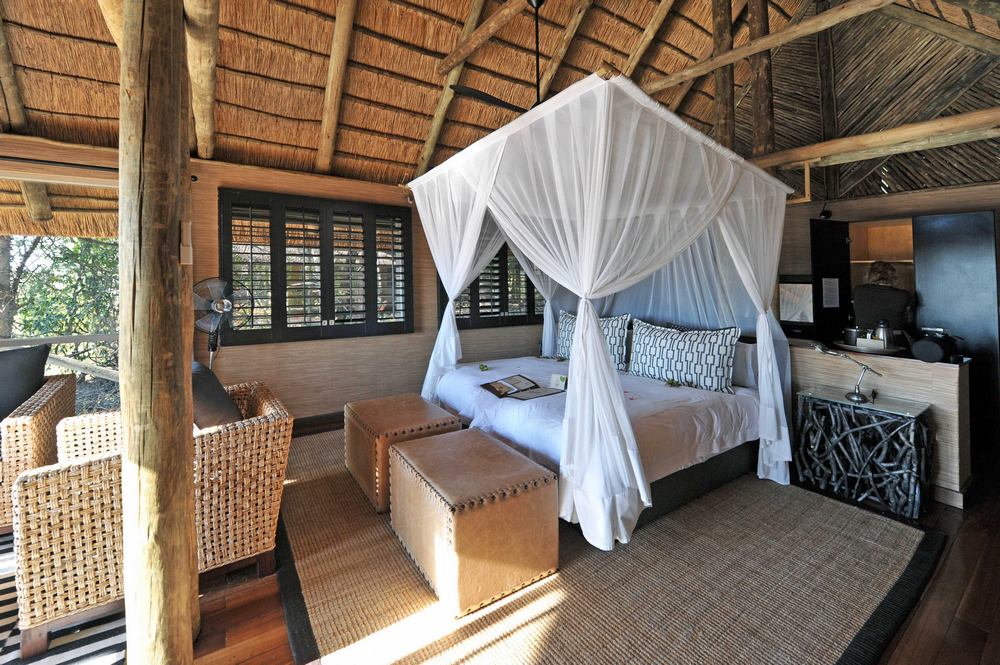
Kenya
With direct flights to Nairobi, you can be at your game lodge in no time at all – a far cry from some other destinations that require lengthy transfers before you finally rest your head in luxury.
Lions, elephants, rhinos, leopards, and buffalo are just a handful of the species in Kenya that has a broad cross-section of species within both a well-established national park system and a network of wildlife reserves.
Kenya encompasses savanna, lake-lands, the Great Rift Valley and mountain highlands. Also consider visiting the Masai Mara Reserve, known for its annual wildebeest migrations, and Amboseli National Park, offering stunning views of Tanzania’s Mt. Kilimanjaro.
There’s a huge spectrum of type and standard of accommodation within Kenya, so you’ll find a place to suit all preferences and budgets – so this is where local knowledge helps as you could easily pick somewhere that doesn’t match up to your expectations.
If you’re travelling in luxury then Kenya opens up all kinds of possibilities, including direct flights into the bush by light aircraft, cutting out long road journeys; game drives with local experts in purpose-built four-wheel-drive vehicles and the opportunity to stay in some of Africa’s most exclusive luxury camps and lodges. Kenya probably has the longest history of organised safari, so they ought to have it right by now.
The most popular time to visit Kenya is from June to October (dry season) but this is also the African winter so you will need warm clothes for dawn game drives. April and May are the height of the rainy season, when bush roads become impassable and camps close down.
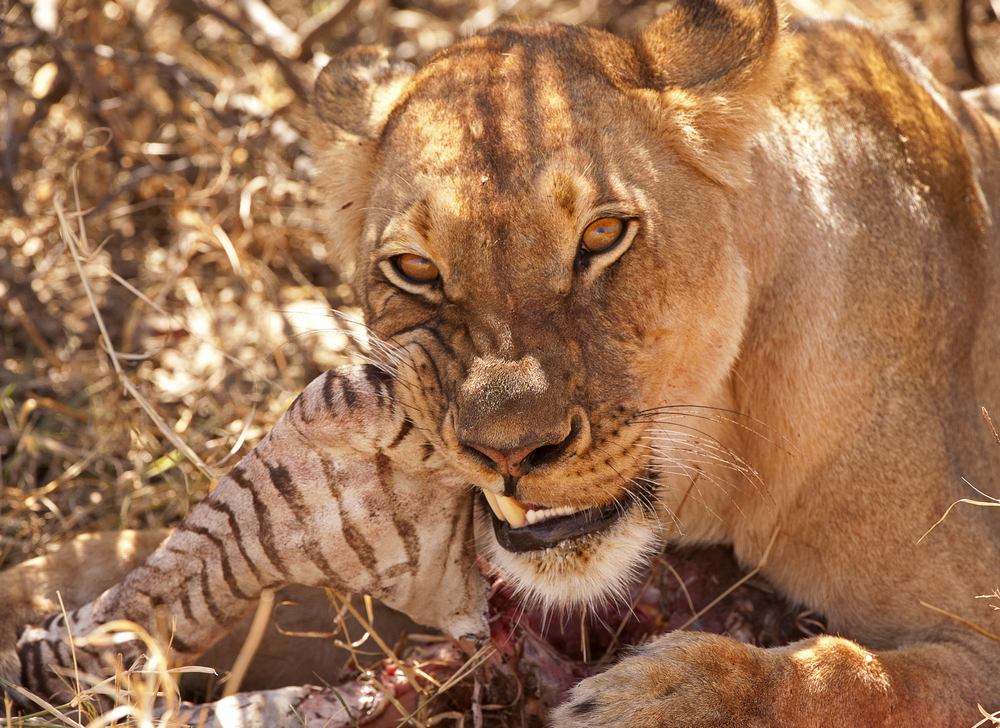
Namibia
There’s so much more to Namibia than just wildlife. Wide open spaces, huge landscapes, contrasting locations, sea, sand, wildlife, history and wilderness – that’s Namibia!
If its only wildlife you’re after, then you can easily fly to Windhoek and transfer straight to Etosha National Park, or add on a break in one of the private game reserves (or Cheetah Conservation Fund) – but you’ll be missing the true character of Namibia if you do.
Compared with Botswana, self-drive is a doddle. You don’t have to drive yourself, as private transfers are easily available but the roads are asphalt or compacted shale and unless you take a foray onto the shoreline of the Skeleton Coast, you’re highly unlikely to encounter the risk of getting stuck. Vehicles are modern 4x4s and efficient, giving you the independence to travel at leisure whilst working to a pre-planned itinerary – if you wish.
Alternatively, you might elect for you and your party to fly by your own private aircraft on a tailor-made itinerary of your choosing within the country (or even between several countries) so that you create the timescale and route. Its not as expensive as you’d think.
We took three weeks to tour the whole country by self-drive car; from Windhoek, through the Kalahari to Fish River Canyon in the south; around to the southwest to see the wild horses of the Namibian desert, the gold fields of Kolmanskopp and coastal town of German colonial Luderitz; up the west coast to Swakopmund, Walvis Bay, the enormous dunes of Sossusvlei and parched wasteland of Dead Vlei; onward north to the haunting and deserted Skeleton Coast; into Himba bush people country and then to Etosha before heading south again to spend time in the Africat private game reserve and with the Cheetah Conservation Fund before returning to Windhoek and home.
We’d pre-arranged all of our accommodation in luxury lodges and boutique hotels, so however much, or little, time we took to travel between destinations was up to us, safe in the knowledge that we didn’t have to worry about finding available accommodation at the end of along day.
You can plan a tour of Namibia for ten days, two weeks, or more, depending on what your budget and timescale permits. All accommodation ranges from good to excellent standard and the country is stable and predominantly risk free for travellers.
Etosha is an experience in itself with its vast salt pans, wildlife that seems oblivious to the midday heat and a well thought out network of areas and roadways to ensure you’ll see most of the differing wildlife species within the park. We were thrilled to see a Cheetah mother and cubs here after travelling much of Africa in pursuit of this species. We combined self-drive with the use of safari jeeps at the lodges we stayed at around Etosha, so that we took advantage of local knowledge and open vehicles for photography.
We travelled in November, which was a good compromise between heat and game viewing. Dry season in Namibia is from mid April to late October, with the rains (usually torrential afternoon storms) from November through to March (January to March being the wettest). Grasses are still long and foliage quite thick after the rains in April through to early May, making game viewing more of a problem but not impossible.
Namibia, for the most part, has a subtropical desert climate with great differences in day and nighttime temperatures, low rainfall and overall low humidity. Temperatures are hottest in the rainy season usually reaching 30 degrees C but can be hotter in the desert regions during the day.

Rwanda
Depending on whether your sole aim is to see ‘Gorillas in the mist’, or whether you’re interested in a broader appreciation of Rwanda, its turbulent history and wildlife, will dictate the route and duration of your holiday.
From early 2017 you can fly direct Gatwick – Kigali with Rwandair and be in Volcanoes National Park within a couple of hours of landing.

Here you’ll benefit from the activity of early morning trackers who have located the overnight nests of Mountain Gorillas in order to lead you to them. On average you’ll get within ten metres of them, with varying degrees of visibility due to foliage cover. Sightings and visibility are reportedly much better here than in the more impenetrable forests of neighbouring Uganda.
Its here that Dian Fossey had her camp and is buried at Karisoke Research Center in the ‘Gorilla graveyard.’
Although Fossey was totally opposed to tourism because of the potential of behaviour change and disease transference, the Fossey Gorilla Fund now says that it ‘helps to create a stable and sustainable local community dedicated to protecting the gorillas and their habitat.’
If you wish to explore further afield then you now choose between just the western half of Rwanda (approx min. seven days in total) or including the Eastern Province as well (which adds at least another three days).
The western half includes visits to the beaches of Lake Kivu, civil war museums, and Nyungwe National Park before returning to Kigali – with the Eastern Province including Akagera National Park on the borders with Tanzania, where you’ll find the big five and its prey ‘companions’ but not in such great numbers as in other parts of East Africa.
The Nyungwe Forest area is the Eastern arm of the Albertine Rift, itself on the Western end of the Great Rift Valley and, supposedly as a whole, home to more endemic birds, mammals, and amphibians than any other region in Africa.
All journeys between destinations range from 1-200kms by road so there are no endurance drives/transfers.
This landlocked country lies on the watershed between Africa’s largest river systems – the Nile and The Congo and is of temperate climate with daytime highs of 25-30 degrees, night-time 15 degrees throughout the year. The two rainy seasons from February – June (long rains) and September-December (short rains) need not hinder travel but we would tend to avoid March or November for comfort.

Tanzania
Ngorongoro Crater and Serengeti are the first names that spring to the lips when you think of Tanzania but the country contains some 20 percent of all Africa’s large mammal species population, to be found across its reserves, conservation areas, marine parks, and 17 national parks that are spread over more than 42,000 square kms (16,000 sq ml).
Park such as Arusha (mainly leopard, waterbuck, spotted hyena, giraffe, blue monkey, colobus monkey, turaco, trogon, African buffalo, warthog, klipspringer), Gombe Stream (chimpanzee, beach comber olive baboon, red-tailed monkey, and red colobus monkey), Lake Manyara (baboons, blue monkeys, bushbuck, giraffes, tree climbing lions, banded mongoose, dik-dik, klipspringer), Mikumi (zebra, lion, wildebeest, impala, buffalo, giraffes, eland, kudu, sable, hippos) and the ‘water Wonderland’ of Rubondo Island (tilapia, yellow-spotted otters, Nile perch, as well as hippos, vervet monkeys, genets and mongooses, chimpanzee, black-and-white colobus, elephant, giraffe, bushbucks, quatic sitatunga, fish eagles, crocodiles) give you an idea of the immense diversity of landscape and fauna populations – not to mention being host to the ‘Great Migration’ that witnesses a million wildebeest, a quarter of a million zebra and similar number of Thomson’s gazelle migrating across the rivers to the north, over an area of 1,000 square kms (390 sq ml) in search of new grazing pastures.
There’s a broad spectrum in standard and budget of accommodation and its quite possible to find secluded private lodges in wildlife rich reserve areas, so you don’t always have to ‘follow the herd’, so to speak.
Tanzania is wildlife ‘writ large’ encapsulating most people’s idea of Africa with wide open plains and bush-land populated by teeming wildlife – but unfortunately there’s always a downside – malaria and dengue fever are common and recent cases of sleeping sickness have occurred after bites from tsetse flies in the north, including the Serengeti; so precautions are advised.
You can always top off your Tanzania trip with visits to Kilimanjaro and Zanzibar.
Tanzania experiences ‘short rains’ (less reliable) and ‘long rains’ (more predictable) but in between is the long dry season throughout June, July, August, September and October, when rainfall is unusual.. Because of the vastness of Tanzania and significant altitude changes, temperatures vary hugely with location, but this period of fine, clear skies and sunny weather make it a great time to visit.

South Africa
If you want to combine wining, dining and wildlife then it has to be South Africa. From the Western to the Eastern Capes and up into the heart of the country there’s a huge variety of fantastic places, excellent hotels and lodges, beautiful scenery, perfectly groomed vineyards, stunning landscapes, numerous golf courses, beaches, resorts, luxury trains and distractions to fill any number of holidays to this country.
Such is the nature of South Africa that its perfectly feasible to combine many elements within one holiday – and to repeat this time and time again in different areas without duplicating your journeys.
Your only task here is to decide how long you’re going for and where your priorities lay.
Personally, we wouldn’t head to South Africa for a dedicated wildlife holiday, as other African countries offer far more specialist wildlife activities without the gastronomic and cultural distractions of South Africa.
Similarly, because of its broad and highly justified appeal to a much broader market, the game reserves tend to be filled with casual wildlife tourists who are simply ’rounding off’ their experience of the country and happy to sit as numerous jeeps vie for position around the animals. If you’re a purist wildlife individual we’d recommend you look elsewhere – if you just want a wonderful holiday with some wildlife thrown in, then you can’t beat South Africa.
Travel between destinations within South Africa is best undertaken by air, as rail connections aren’t up to it,. Driving is an option if the locations are condensed into a more sensible area and can give you a great appreciation of some stunning scenery and landscapes.
Best time to travel is during the European late autumn and winter – which is why its so popular!
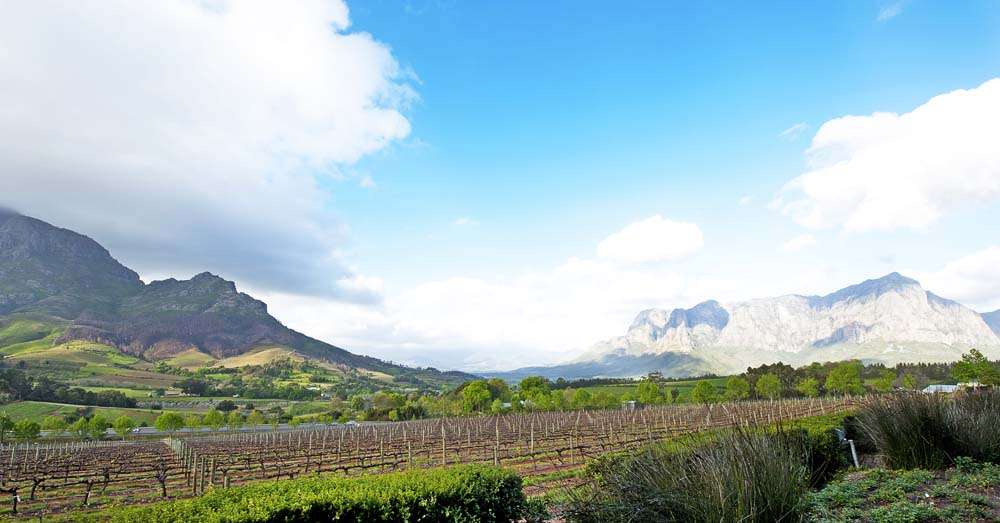
Zambia
People are more scarce in Zambia than animals! With less than ten million people in an area half the size of Europe its been the saviour of wildlife populations. Poverty is endemic as the economy is linked to the volatile price of copper (its main export) and this has resulted in habitat degradation due to people using the area’s natural resources. Although poaching has taken its toll, changing attitudes within government towards control and protection have enabled wildlife to bounce back.
Most of the high profile animals are relatively easily seen, with South Luangwa, Lower Zambezi and Kafue particularly good for leopard but wild dog and cheetah more difficult to see. Black rhino is only present in North Luangwa and white rhino only in Mosi-oa-Tunya.
South Luangwa is vast and unspoiled – and as Zambia’s premier safari park, one of the most significant wildlife sanctuaries in the world; being fed by the Luangwa River, the most complete river system in Africa and also lifeblood of the park.
Although a variety of safaris are available in the fourteen different National Parks and Reserves, Zambia is best known for its walking safaris across huge tracts of savanna.
As with many African countries, the best game viewing times coincide with the dry season (May to October) when animals congregate around the remaining water supplies and animals are easier to spot through lack of lush vegetation. Often, roads become impassable during the wet season (November-April) when several camps and parks close. Immediately prior to the rains daytime temperatures can peak at over 40 degrees with high humidity in lower areas that can become too hot for the comfort and endurance of lesser souls.

Zimbabwe
Although its becoming a more of a stand-alone destination, we think at the moment that its a great add-on to other countries – especially if you’re wildlife inclined.
Hwange National Park is a superb destination, just over the border from Zambia/Botswana and gives you a completely different experience compared with the terrain of either Zambia or Botswana. The beauty of Zimbabwe is that even in high-season you’re highly unlikely to encounter crowds of people in the parks (except around Victoria Falls)
Although you can fly by light aircraft direct to Hwange, we enjoyed the drive, as otherwise its easy to bypass the culture of an entire country if you simply hop by air everywhere. The open farmland, mud hut tribal villages and colourful population all add to the tapestry of this country.
Because Mugabe wasn’t everyone’s cup of tea, tourist numbers are lower and prices competitive but Hwange in particular is well worth the visit. We stayed at The Hide, an excellent safari camp in its own concession adjacent to the National Park.
For the more adventurous, then Mana Pools is a collection of four main pools and several smaller pools on the floodplains of the Zambezi River further to the north of the country. Less accessible than other parks, the islands and sandbanks of Mana are fringed by riverine forest and home to all but Rhino of the Big Five, as well its rivers teeming with crocodile and hippo. Canoeing and safari walks are popular here!
Although Zimbabwe can be visited at any time of the year, the best game viewing time is between May and October (dry season) – especially in Hwange where waterholes are artificially filled to attract animals, including large herds of elephant. By October temperatures reach mid-thirties centigrade.




